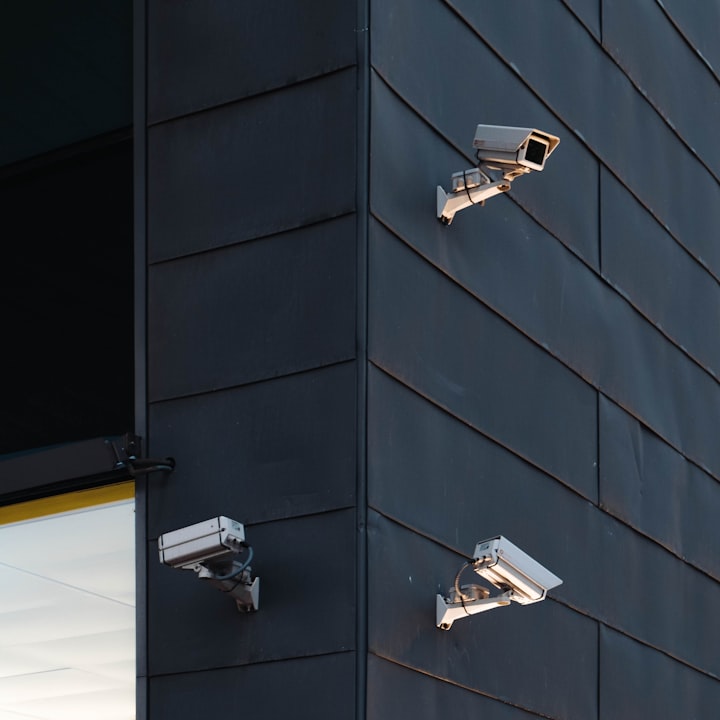Why Can't Callers Hear Themselves in Speaker Mode?
Why speakers can't hear themselves in speaker mode and how echo cancellation algorithms and noise-canceling microphones work.

When a call is placed on speaker mode, the expectation is for the sound to be transmitted through the phone's speaker, enabling hands-free communication.
However, an intriguing phenomenon arises - why can't the person on the other end hear their own voice echoing back to them?
Sound Isolation in Smartphones
When operating in speaker mode, a smartphone's microphone continues to pick up sounds from its surroundings.
The pivotal factor lies in the device's software and hardware, specifically noise-canceling microphones and echo cancellation algorithms.
Noise-Canceling Microphones
Modern smartphones come equipped with noise-canceling microphones.
These specialized microphones utilize advanced technology to differentiate between sounds emanating from the device's speaker and those originating from the external environment.
Echo Cancellation
The implementation of echo cancellation algorithms is another critical element.
These algorithms effectively prevent the sound from the speaker from re-entering the microphone, thus eradicating the possibility of feedback.
The phone's software continuously analyzes incoming audio, removing any repeating patterns to ensure a seamless calling experience.
Real-Time Audio Processing
Furthermore, the smartphone's advanced audio processing capabilities play an integral role.
Sophisticated digital signal processing chips inside the phone work tirelessly to distinguish between sounds emitted from the speaker and ambient noise.
This real-time processing enables the isolation of audio signals and the suppression of unwanted feedback.
Beamforming Technology
In recent years, many smartphones have integrated beamforming technology.
This innovative aspect enables the microphone array to focus on specific sound sources, enhancing the clarity of captured audio while minimizing interference from other directions.






